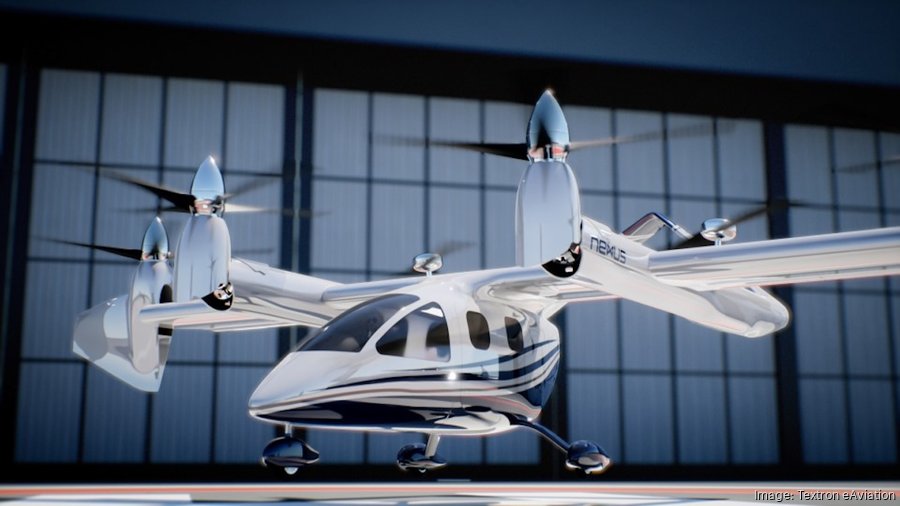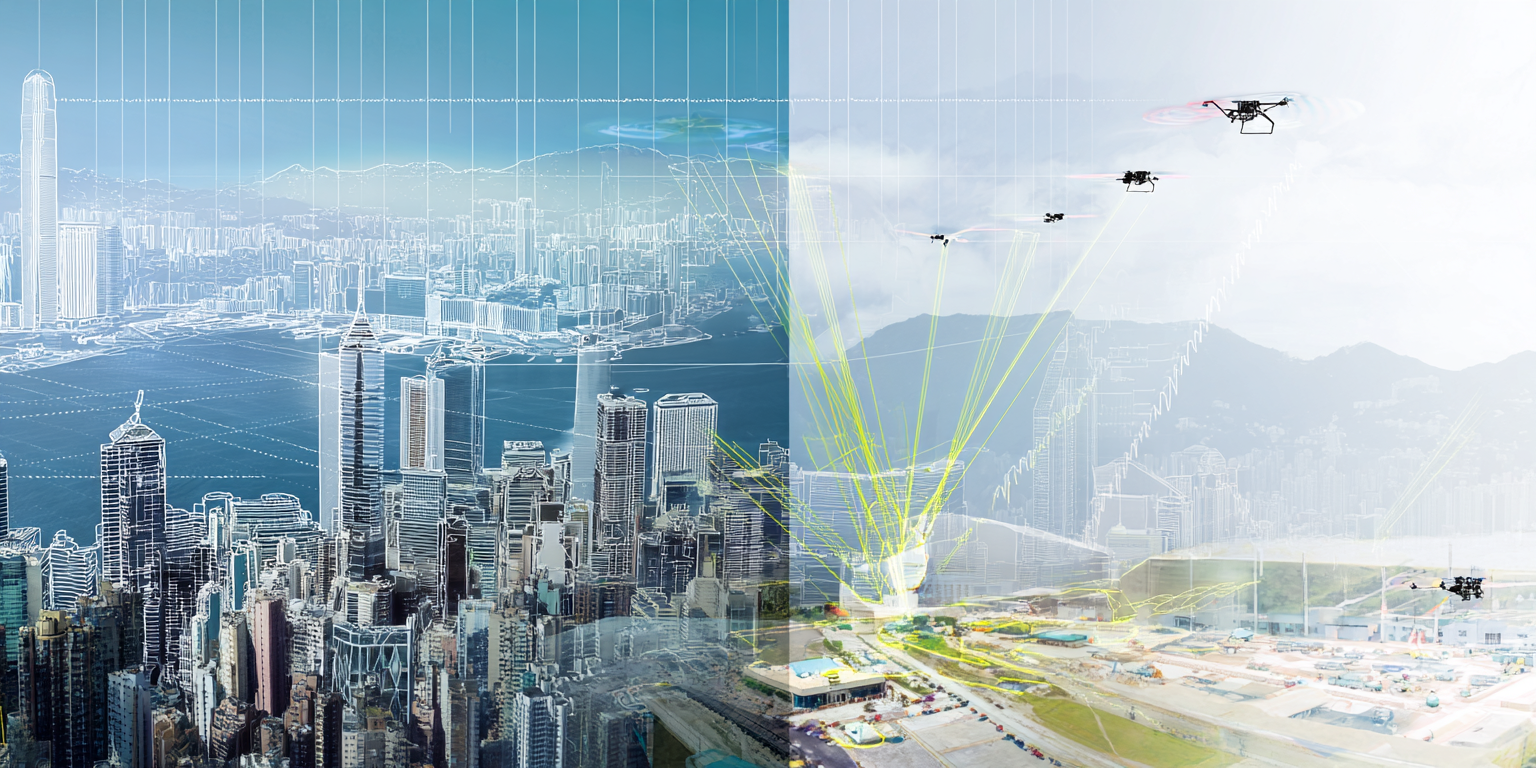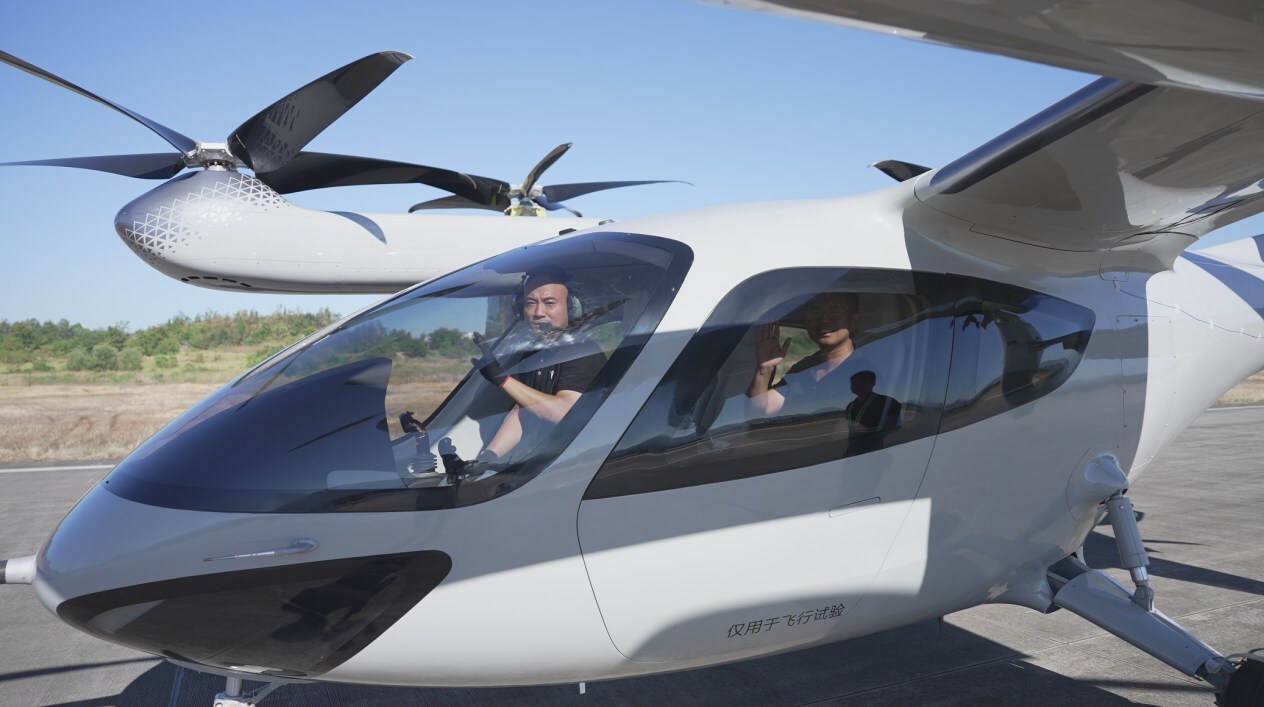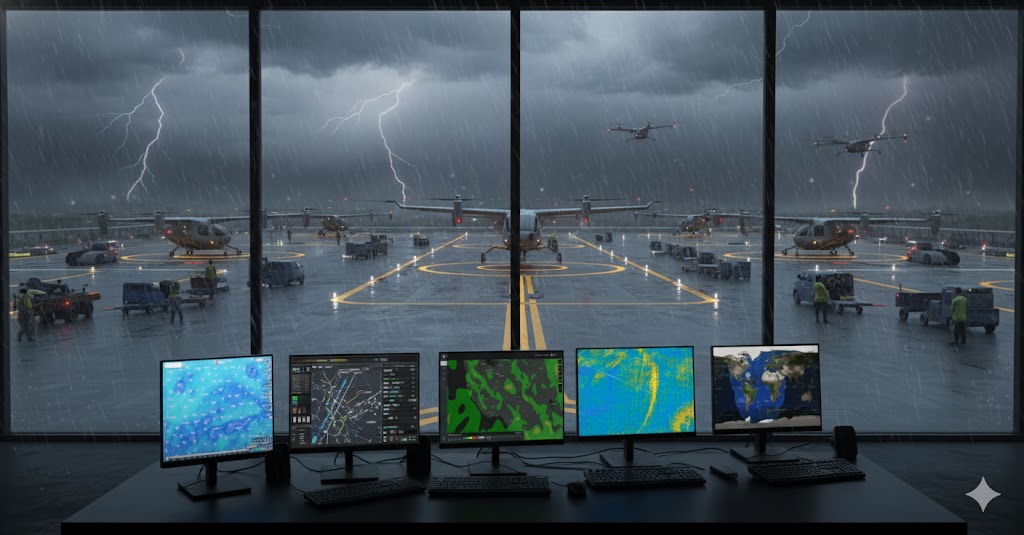WICHITA, KS – August 29, 2025 – Textron eAviation has confirmed it is pausing electric aircraft development operations in Wichita, marking a significant shift for the company that once positioned the city as a key hub for electric aviation innovation. The decision affects ongoing work on the Nexus eVTOL program and other electric aircraft initiatives that had drawn considerable attention from industry watchers and local economic development officials.
Strategic Realignment in the Air Capital
Textron eAviation announced it is placing development projects on hold to reallocate resources within the organization. The original vision centered around bringing the Nexus electric vertical takeoff and landing aircraft to market, advancing certification processes, and scaling up local research and development capabilities.
The suspension leaves Wichita, long known as America’s air capital, reassessing its role in the emerging electric aviation landscape. City officials and local aerospace workers had pinned considerable hopes on Textron’s electric aircraft programs, viewing them as essential to maintaining relevance as the aviation industry evolves toward sustainable technologies.
Engineers and city officials had high hopes for this effort, given Wichita’s strong legacy in aircraft manufacturing. The realignment creates a gap in expected workforce growth, and city leaders are now reevaluating how to stay relevant in electric aviation as the industry evolves and consolidates.
Technical and Economic Headwinds
The decision comes as Textron eAviation recalibrates its approach to electric aviation amid mounting industry pressures. While the company’s Pipistrel subsidiary remains a leader with its certified Velis Electro aircraft, the more ambitious Nexus eVTOL program will not achieve its anticipated first flight milestone in 2025 as initially planned.
For Wichita’s aerospace ecosystem, the realignment creates uncertainty around anticipated workforce expansion and technological advancement. Local suppliers, training institutions, and economic development agencies must now reassess their strategies for participating in the electric aviation supply chain.
The pause affects not only direct employment but also the broader ecosystem of suppliers, maintenance providers, and support services that had begun positioning themselves to serve the emerging electric aircraft industry.
Industry-Wide Consolidation Pressures
Textron’s decision reflects broader turbulence across the entire eVTOL industry, highlighted by recent developments at other major players. Hyundai Motor Group announced that Dr. Jaiwon Shin would step down as CEO of Supernal, the automotive giant’s electric air taxi subsidiary, effective August 31.
Despite investing over $1.5 billion into Supernal, Hyundai has yet to achieve a full-scale prototype flight of its eVTOL design. The company recently reduced its workforce by 53 employees, approximately 8% of its staff, as part of what executives described as efforts to “align with long-term strategic goals."
These developments reflect a broader pattern of consolidation and financial strain across the electric aviation industry. Companies that appeared well-positioned just months ago now find themselves grappling with certification timelines that stretch far beyond original projections, forcing investors to reassess expected returns in an industry that requires enormous capital outlays before generating revenue.
Regulatory and Technical Challenges Persist
The electric aviation industry continues to face significant regulatory bottlenecks that have slowed commercialization efforts across the board. Battery weight limitations restrict electric aircraft to routes under 500 kilometers, while infrastructure for alternative power sources, such as hydrogen, remains sparse and expensive to develop.
Certification processes with aviation authorities have proven more complex and time-consuming than many companies initially anticipated. The industry has witnessed a wave of consolidation and closures, with companies like Universal Hydrogen shuttering operations despite achieving technical milestones, and Lilium filing for bankruptcy for the second time.
The technical challenges extend beyond powertrains to encompass air traffic management systems, ground infrastructure, pilot training protocols, and public acceptance measures. Each element requires coordination across multiple regulatory agencies and industry stakeholders, creating interdependencies that can delay entire programs when any single component faces setbacks.
Market Outlook and Future Prospects
Market research suggests the urban air mobility field could reach $49 billion by 2034, but the path to that scale has proven far more challenging than early projections indicated. The convergence of these industry-wide pressures suggests the low-altitude economy may be entering a necessary period of consolidation.
While well-funded leaders like Joby Aviation and Archer Aviation continue their certification processes, the pause at Textron and leadership changes at Supernal signal that even established players with deep pockets are not immune to mounting challenges. For cities like Wichita, this means a sobering reassessment of how quickly electric aviation will transform local transportation networks and economic development plans.
The suspension highlights the importance of realistic expectations regarding the pace of electric aviation development, even as ongoing research and development efforts continue to advance the fundamental technologies necessary for sustainable aviation. Industry observers note that while current setbacks may delay widespread deployment, they also reflect the thorough approach needed to ensure safety and reliability in aviation applications.
The low-altitude economy continues to evolve, but recent developments at major players like Textron and Hyundai suggest that the transformation will unfold more gradually than many early forecasts predicted. This reality requires stakeholders across the aviation ecosystem to adjust their timelines and strategies accordingly while maintaining focus on the long-term potential of sustainable aviation technologies.




